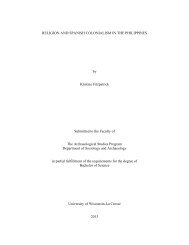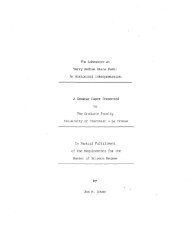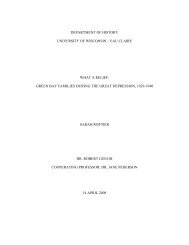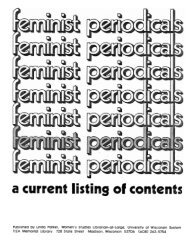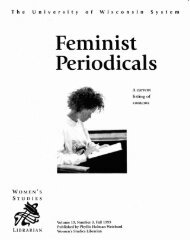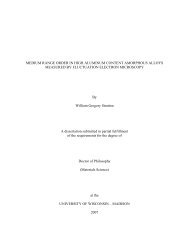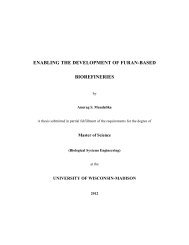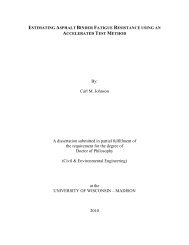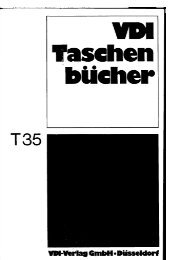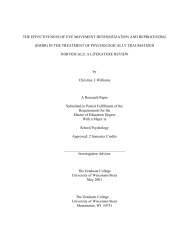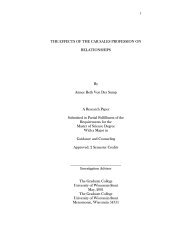Comics Aren't Just For Fun Anymore: The Practical Use of Comics ...
Comics Aren't Just For Fun Anymore: The Practical Use of Comics ...
Comics Aren't Just For Fun Anymore: The Practical Use of Comics ...
You also want an ePaper? Increase the reach of your titles
YUMPU automatically turns print PDFs into web optimized ePapers that Google loves.
Recine 34<br />
medium is to children’s books, or printed text, or any other variation <strong>of</strong> visual language. Moreover, like<br />
Somali, Hmong, English, etc., the boundaries <strong>of</strong> comics, children’s books, and other visual languages<br />
are determined in part by the users and creators <strong>of</strong> those visual languages. ESL/EFL pedagogy<br />
consultant Stephen Cary further builds on Cohn’s notion <strong>of</strong> comics as a social construct. Through his<br />
work with countless students and instructors, Cary compiles a list <strong>of</strong> the art forms most commonly<br />
accepted as comics by ESL/EFL learners and instructors: single panel cartoons, newspaper-format<br />
comic strips, comic books, and book-length graphic novels (Cary 10-11). With this in mind, those who<br />
work in the field <strong>of</strong> TESOL can use the two definitions described in 2.2 and 2.3 to treat comics as the<br />
social artifact they are, defining comics in a flexible way that addresses the varying expectations <strong>of</strong><br />
ESL/EFL students from many different cultures.<br />
Elements <strong>of</strong> all <strong>of</strong> the characterizations <strong>of</strong> comics above can be combined to create an<br />
appropriately useful definition <strong>of</strong> comics for TESOL purposes: <strong>Comics</strong> are simplified or abstracted<br />
images, sometimes combined with words, that tell a story or demonstrate a concept (McCloud<br />
Understanding 28, 70-73; Eisner 16). <strong>Comics</strong> employ a variety <strong>of</strong> conventions, most commonly word<br />
balloons, captions, multiple images, and narrative structure (Tiemensma 4-6). Currently, the most<br />
universally recognized forms <strong>of</strong> comics are single panel cartoons, newspaper-format comic strips,<br />
comic books, and book-length graphic novels, but such perceptions may vary from learner to learner<br />
(Cary 10-11; Cohn Early Writings 14).<br />
This new definition, assembled from a multidisciplinary coalition <strong>of</strong> linguistics, TESOL<br />
scholarship, comics scholarship, and classroom pedagogy, can now truly address the needs <strong>of</strong> TESOL<br />
pr<strong>of</strong>essionals as they select (or create) comics material for their classroom. It references Tiemensma’s<br />
cultural sensibilities about what a comic should look like, allowing teachers to know what expectations<br />
students generally have <strong>of</strong> comics. It also references Eisner, McCloud, and Cohn’s description <strong>of</strong> the<br />
functional structure <strong>of</strong> comics, so that teachers can recognize how comics transmit messages and



